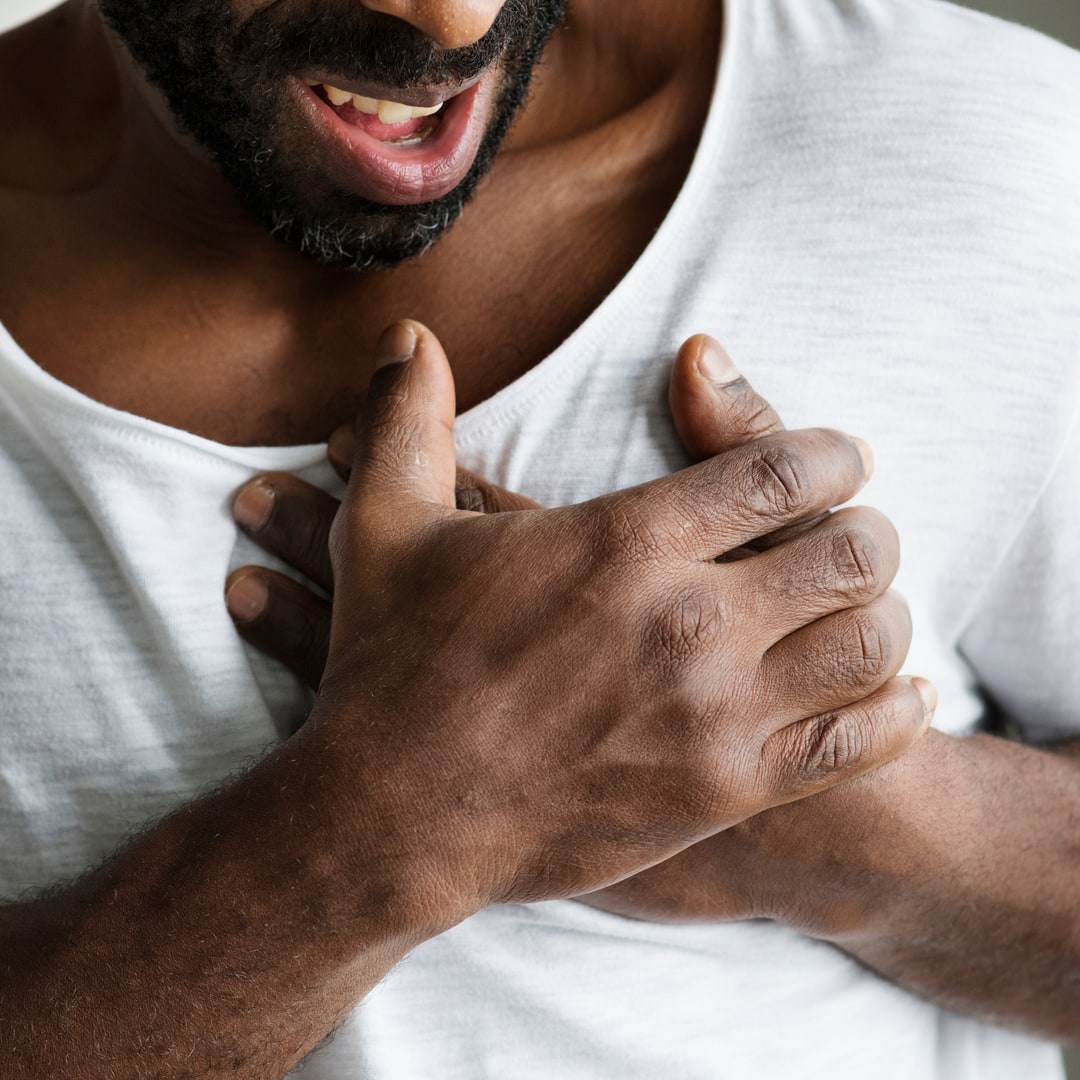Lung and chest injuries are rare during martial arts but when they do occur, they make the news. Rory Markham’s fight against Dan Hardy is a crazy example. The UFC fighter fought his entire match with a collapsed lung. And he didn’t even know he suffered an injury except for a major cramp during his weigh-in.
Signs and Symptoms of Chest Injury
Markham didn’t know he had sustained an injury. His friend claimed, “He was only feeling shitty.” He attributed most of his signs and symptoms to the rigors of the fight. When it comes to the chest area, even a fractured rib stays hidden and unlike arm or leg injuries go unnoticed. Since there’s no gross deformity most people tend to brush it off to a strong bump or pain.
However, chest injuries could range from a collapsed lung as in Markham’s case to a rib hairline fracture. It could be a myocardial contusion or a hematoma. However, the chest houses the most vital organs of the human body, the lungs, and the heart. Any injuries in this area could be fatal if left untreated.
Here are a few general signs and symptoms of chest injuries:
- Shortness of breath
- Pain along the ribs
- Crackles under the skin of the ribs
- The difficulty of breathing or mouth breathing
- Changes in skin color, blue lips, red face
- Chest pain
- Pain radiating along arms, chin, jaw
- Any retrograde movement of segments of ribs
- Unequal expansion of the chest
- Increased respiratory rate
6 Ways to Prevent Chest Injuries in the Dojo
There are many ways to prevent injuries at the dojo to the chest area. Most martial arts do not have moves that target the chest area. However, accidents can always happen and you need to be vigilant.
Fight Under A Qualified Instructor
The only reason this gets mentioned is that the right instructor will first teach you the mechanics of whatever martial art you’re fighting. Mechanics is especially important to apply to your opponent.
Your instructor won’t make your spar outside your weight and skill class. This is so important because mechanics play a big role in changing your stance and fight method based on the other person’s height, weight, center of gravity, etc.
This guidance comes from your instructor and with the passage of time you’ll come to learn to adjust on your own. Your stance, eyeline, speed, power, aim, technique, hips, and hands contribute to your fighting skill. Do any of these things wrongs and you’ll get beaten for days and improperly too. So fight under a skilled professional who will teach you the basics.
Chest Stretches
Stretch the chest and shoulders to ensure you’re flexible. We focus a lot on legs and even arms while we stretch during warm-up sessions because those are the major groups involved in sparring. How much time do we spend on stretching the chest? You can do the following chest stretch.
Place your hands and knees on the ground. Rest one elbow on a Swiss ball. Let your chest fall to the ground as it reaches away from your center with the supported elbow. Try to create a separation in your shoulder socket as you hold the stretch. Hold this position for about 45 seconds. Return to the original position and then repeat on the same side.
There are many other chest stretches that you can do with a towel and a wall. No fancy equipment is required. If you do lift weights, then chances are you already do some of these stretches for your pectorals.
Protective Gear
If you have a smaller build, then you may want to consider getting protective gear like a chest shield or protective vest. There are varying degrees of thickness and coverage. These though are strictly for drilling techniques in real combat sports.
It could hinder your ability to duck, roll, and avoid strikes in sparring martial arts. It would also wrongly make you leave your body open to strikes simply because you think you’re protected. But rib guards and vests are useful in children, women, and men with smaller frames.
Learn Rhythms
If you’re getting smacked or kicked in the chest because of low or mid-level kicks then you probably need to learn the rhythm of your opponent. Every person has a tell. And maybe if you’re sparring of righting with the same group of individuals then maybe you can learn their tells. Anticipate their moves by learning the dominant side and the rhythm of the fight. Sun Tzu in his book The Art of War says, “you should outwit your enemy with your mind.”
Fall The Right Way
While the shock of most falls is absorbed by the padded mat in the dojo, there’s no telling if the force of the impact or the force of the kick also depends on mass and acceleration. Falling techniques are known as Ukemi in Japanese martial arts. Often in judo, aikido, hapkido, and krav maga, these are taught as part of the training. Beginners must start on their knees or from a crouching position.
Then you can attempt a standing fall. Additionally, learn how to break fall. Here are some falling techniques. All of them are designed to reduce injuries during martial arts: Backward Breakfall, Backwards Roll, Side Breakfall, Side Roll, Forward Breakfall or Front Breakfall, Forward Dive Roll, Forward Roll or Front Roll and Forward Shoulder Roll.
Backward Breakfall or Back Breakfall?
This is taught in many stages. It starts with lying on the deck on your back. Keep your arms at approximately 45-degree angle downward, out and away from your body. Place your palms down. Tuck your chin in. Use your arms to raise your head, neck, and shoulders off of the deck, offering some resistance.
You must determine where to place your arm that allows you to keep clear your head off of the deck. The right arm placement will disperse the impact of the fall. Cross your hands in the form of the letter x in front of your chest. Keep your chin tucked in to keep your head up off of the deck. Bend your knees and raise them off of the deck.
Swing out your arms and slap the deck, making contact from your forearms to your palms. The forearms, meaty portion of the palms, down to the fingertips, should all strike the deck simultaneously. Your fingers and thumb are extended and joined as you do this. Its not as complicated as it sounds.
Build Your Chest
For those in martial arts which involve lots of punching and grappling you may want to focus on building and working out your chest muscles. A series of muscles stretch across your chest, attaching and inserting into the shoulder, the arm, the ribs, the back, and the scapula. Make sure you’re working with all these groups to build a stronger chest that can endure the tension.
Isometric and isotonic exercises are listed here from beginner to advanced. These include presses, curls, rows, pushups, raises, and extensions. Pick what suits you and do these in addition to the arm muscles you are training.
You Can Prevent Chest Injuries
Exercise caution at the dojo. A series of collective habits can prevent a rare chest injury. The dojo can be a safe place and for those who want longevity in martial arts, it is possible. Injuries to the rib and chest can put you out for as long as 6 months so it's best avoided. Tell us what you do to prevent chest and upper body injuries.


